BOATsmart! Canada
Knowledge Base
Module 01 - Boating Basics
The Hull
The ‘hull’ is the part of the boat that rides both in and on top of the water. It does not include any masts, sails, rigging, machinery or equipment.
THERE ARE THREE GENERAL HULL TYPES
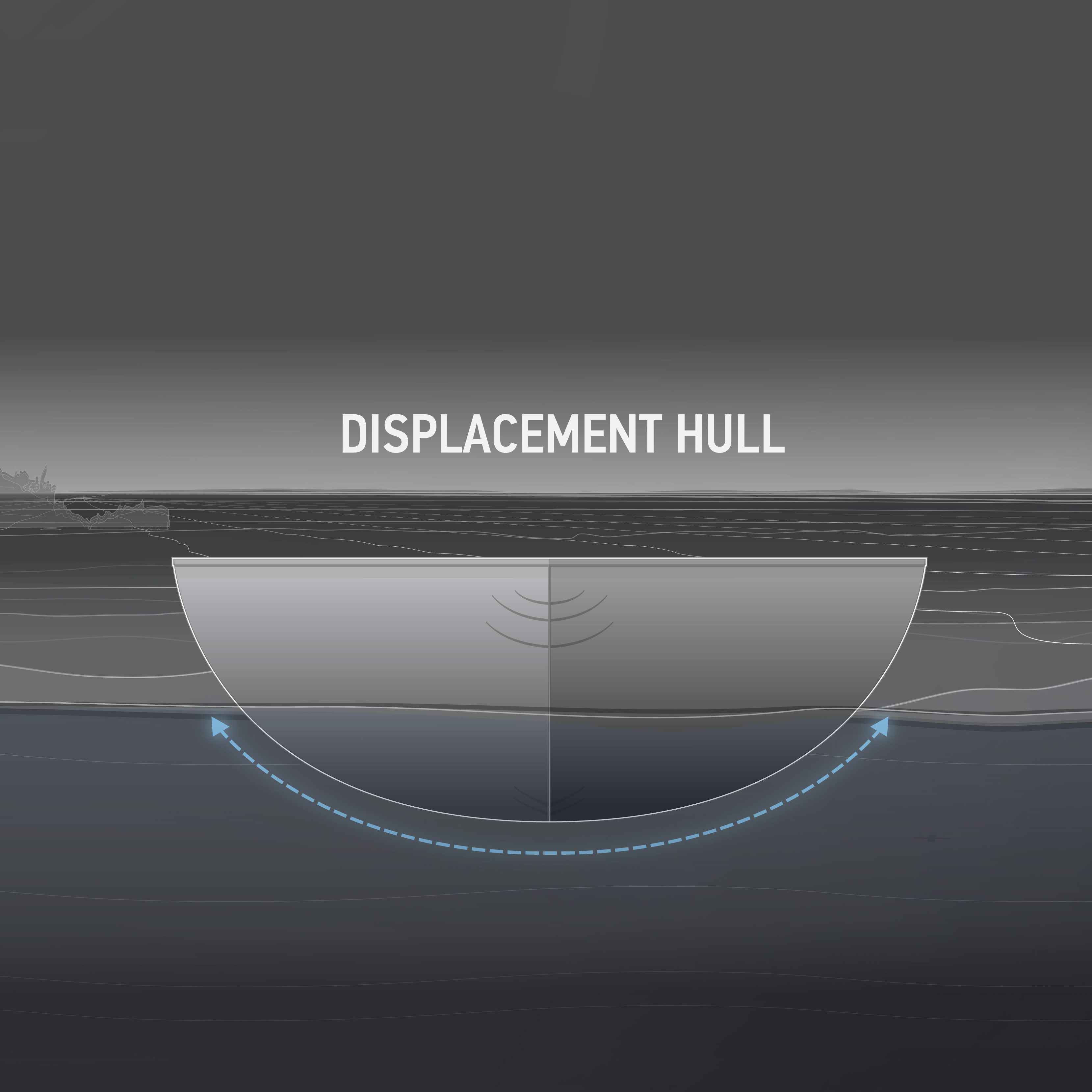
Displacement Hull: Designed to cut through the water, this hull is often found on larger boats, like sailboats.
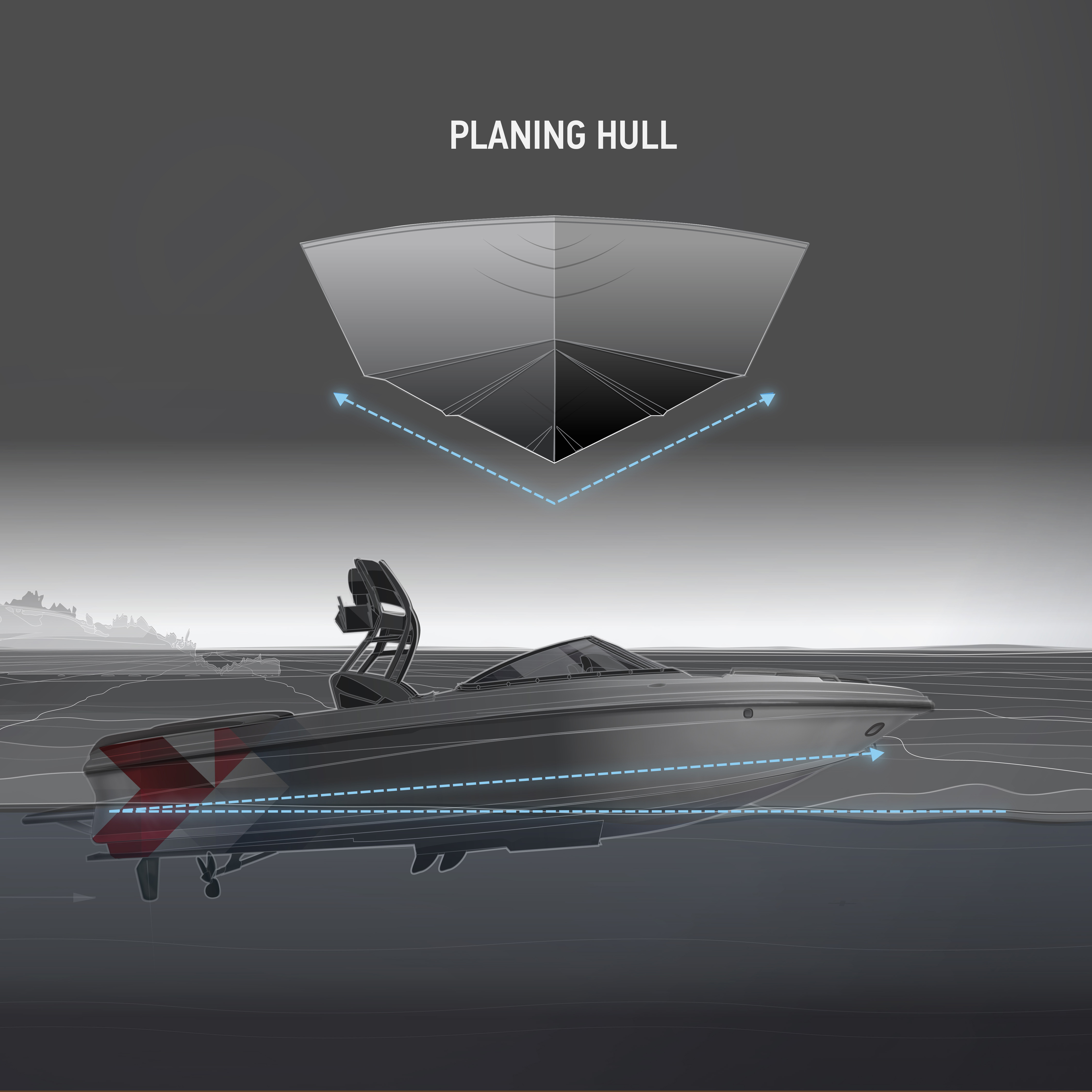
Planing Hull: Found on most power-driven boats, this hull type glides on the surface of the water as the boat gains speed.
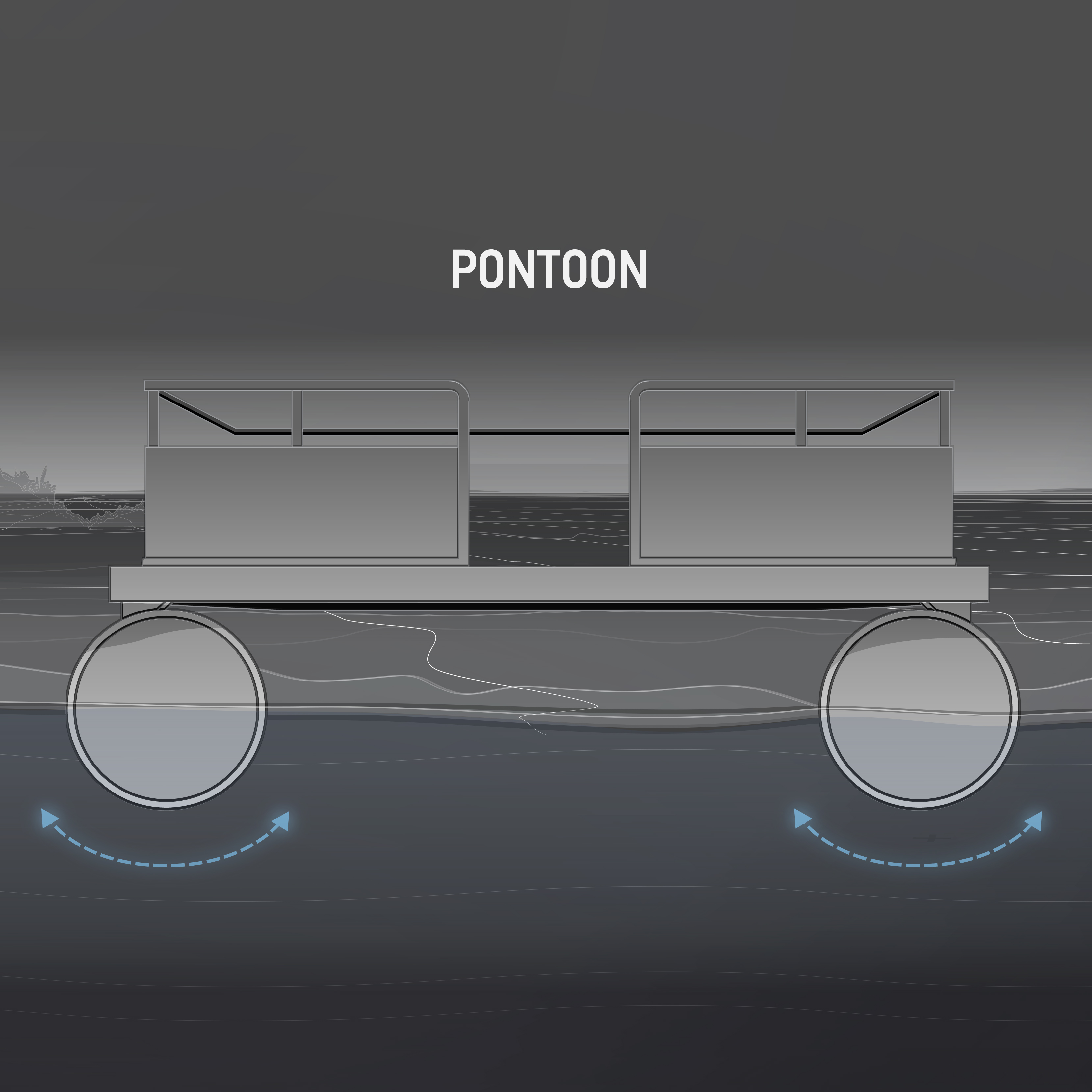
Pontoon Hull: These hull types use two or more pontoons to create lift and flotation. They are often found on houseboats.
HULL STYLES
The shape of a boat’s hull affects the way it moves through the water. For this reason, operators must be able to identify different hull styles and recognize their handling characteristics.
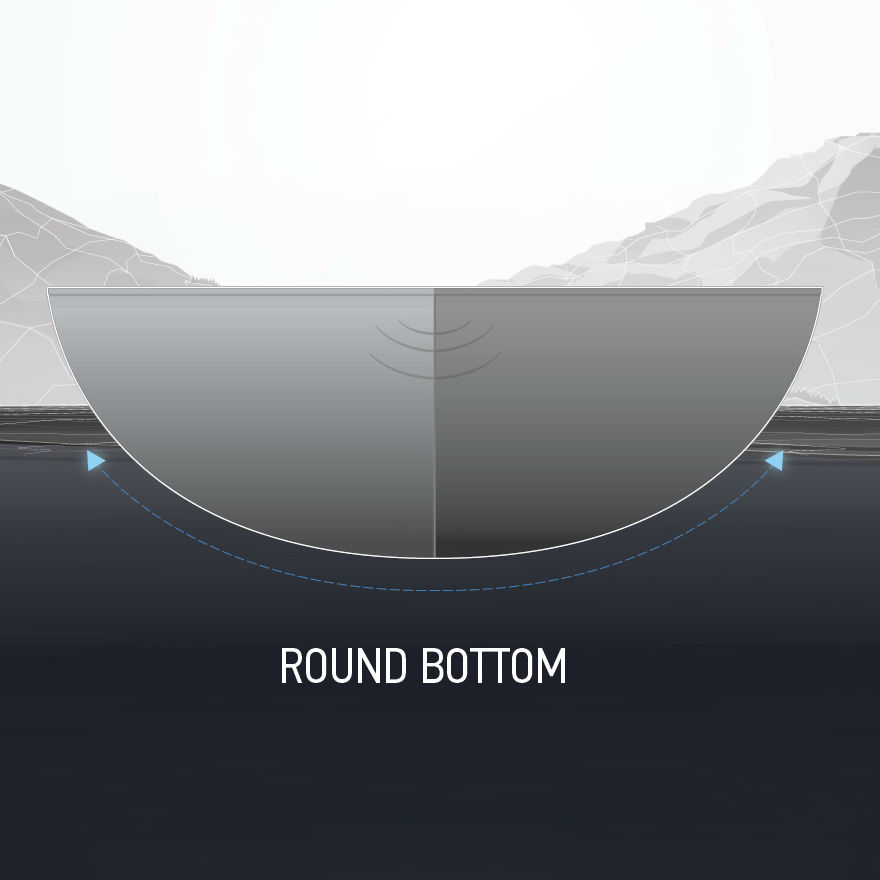
Round-bottom: This hull style is often found on sailboats and canoes. Always be cautious when loading, entering, or exiting boats with this hull type, as they are not as stable and will ‘roll’ in waves.

Flat-bottom: Like a barge, these boats are designed for slow speeds and calm water. Flat bottom boats tend to be less stable in rough water.
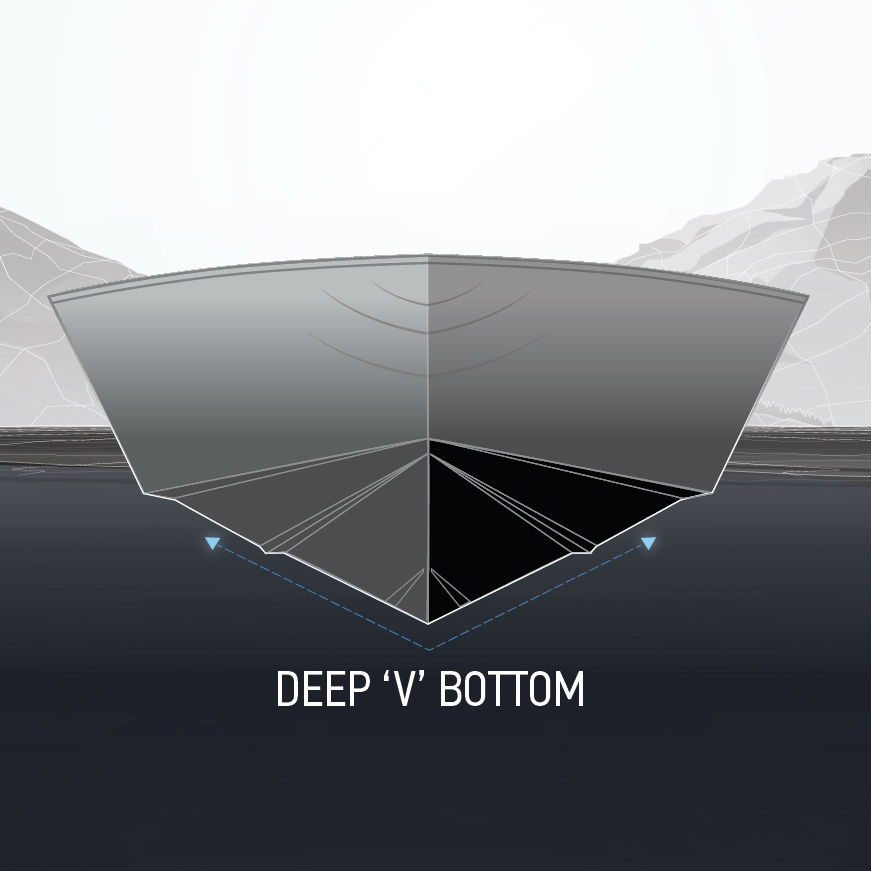
Deep “V”Bottom: Boats with this hull style can move through water at higher speeds. They often have a smoother ride than other hull types, and can be found on most power boats.
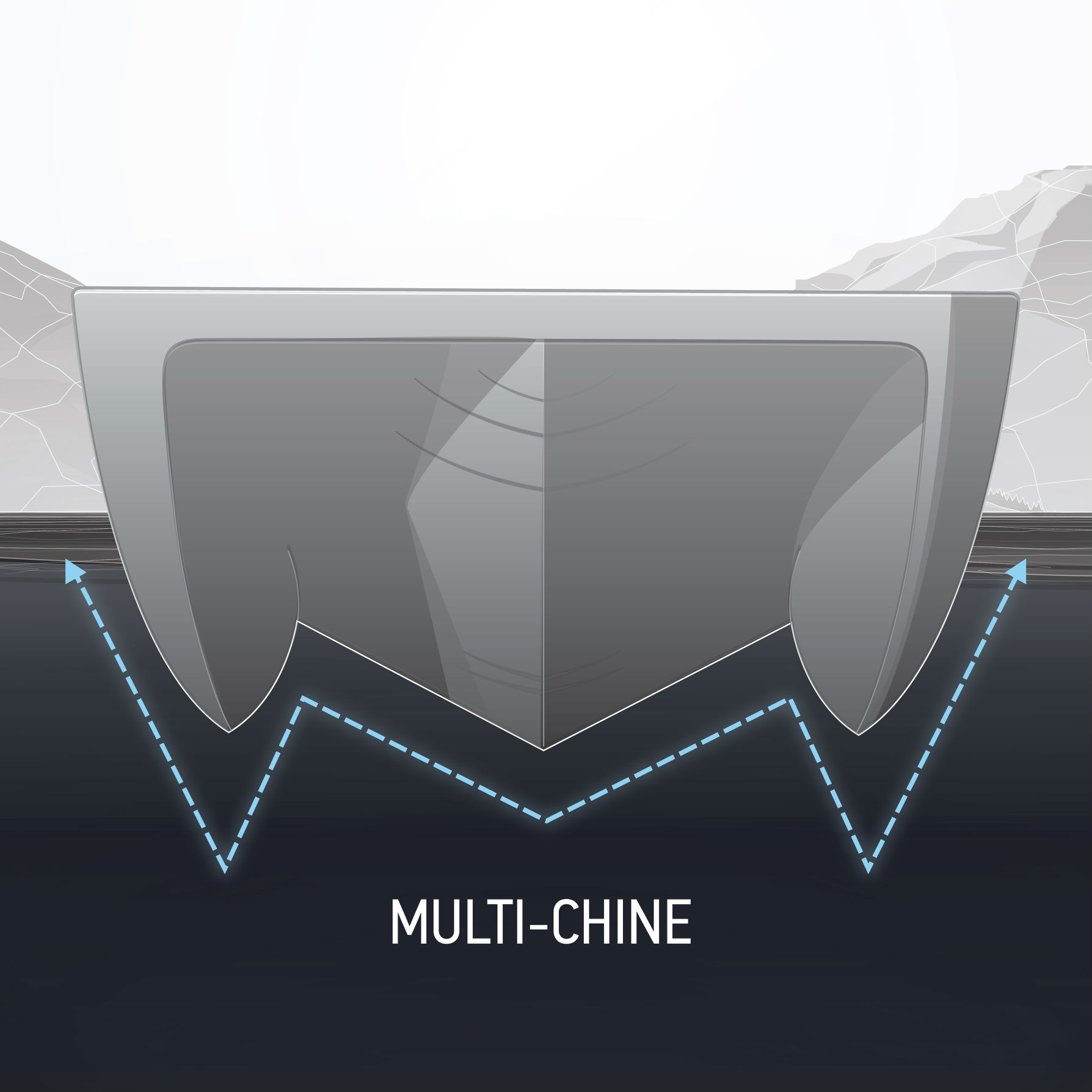
Multi-chine: Boats with this hull style, such as catamarans, are stable but can be harder to manoeuver.
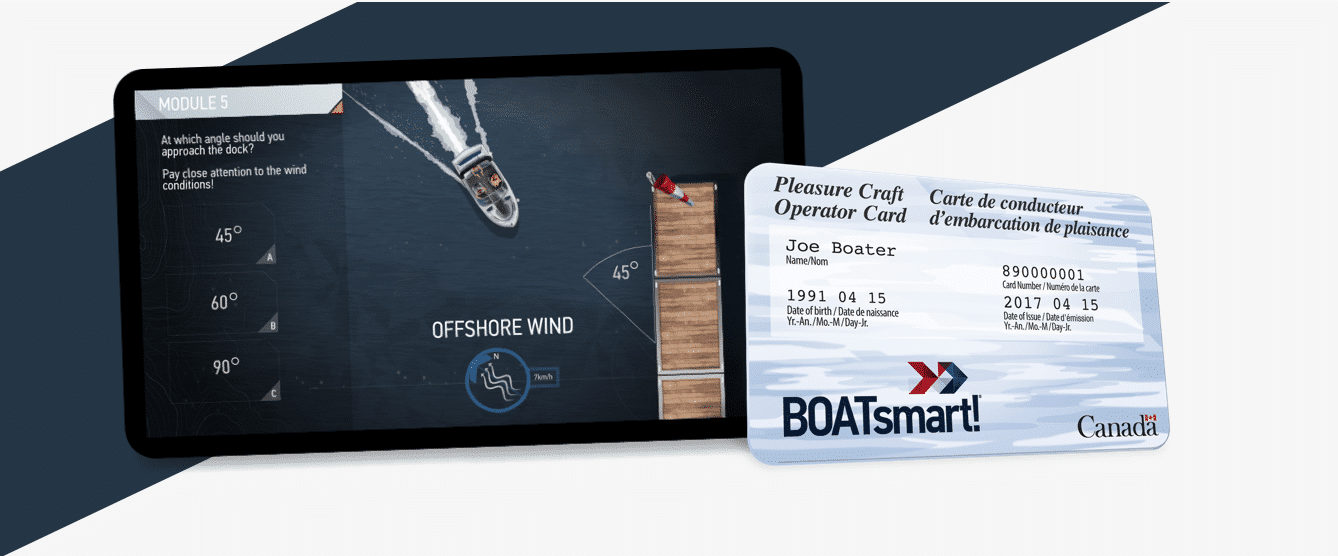
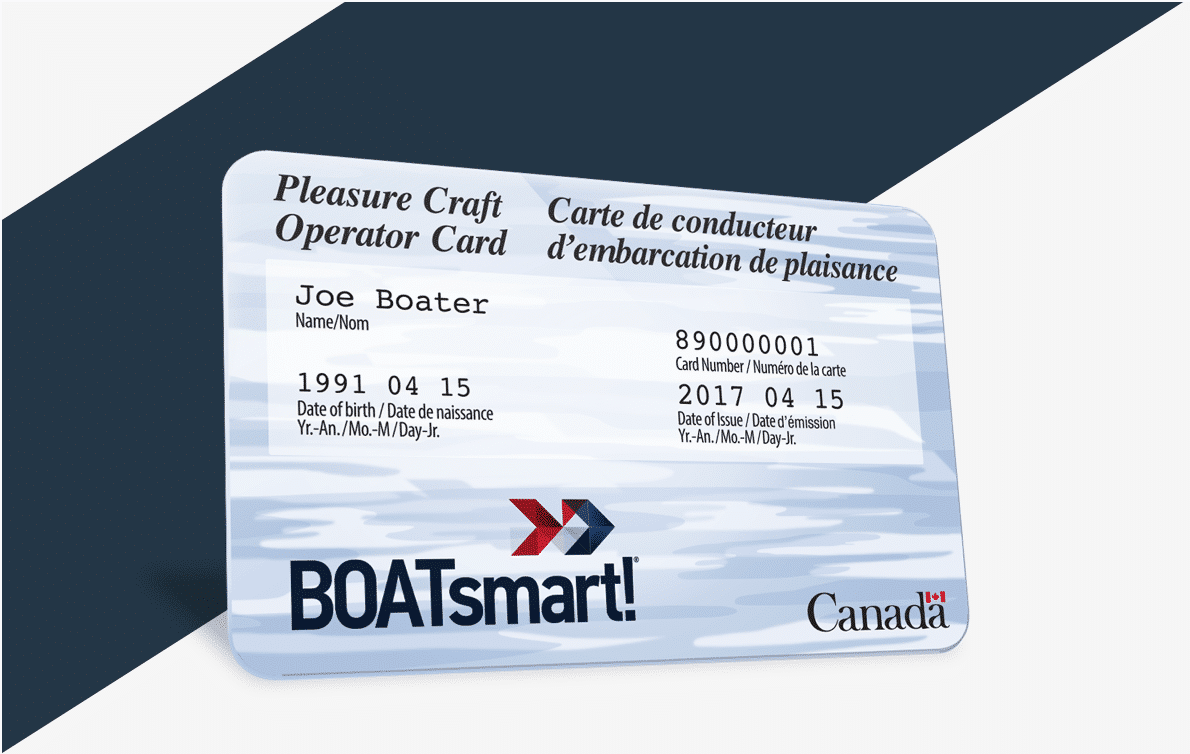
Get your Official Canadian
Boating License
The Official Transport Canada Boating Course, Test & License.
Get your Official Canadian
Boating License
The Official Transport Canada Boating
Course, Test & License.



